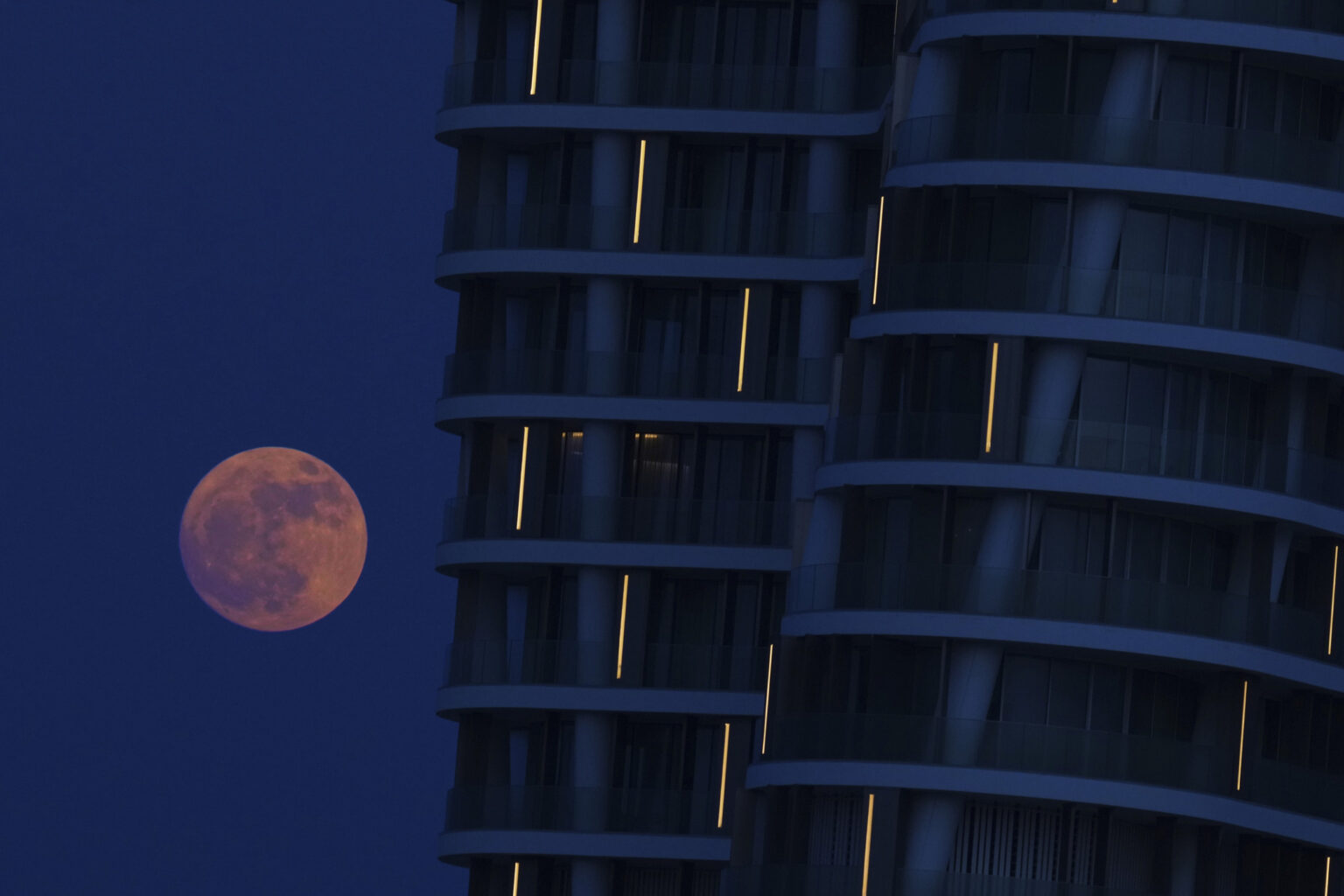Skywatchers across the United States will be treated to a rare lunar event: the annual “strawberry moon,” set to peak later this week. While the name suggests a pink-hued moon, the term is historically tied to the strawberry harvest.
This year’s strawberry moon is significant due to a phenomenon known as a major lunar standstill, an event in the moon’s 18.6-year cycle that occurs when the moon is at its northernmost or southernmost point, resulting from the gravitational pull of the sun.
The full moon on June 11 will be as large and low in the sky as any full moon will appear until 2043, according to the Weather Channel.
What Is a Strawberry Moon?
The strawberry moon is the colloquial name for June’s full moon, a term originating from Native American tribes who marked the time when wild strawberries reached peak ripeness.
NASA notes that in the 1930s, the Maine Farmer’s Almanac began publishing Native American names for full moons, like the “strawberry moon” for June. This name, associated with the time of year when strawberries are harvested in the northeastern United States, has since become widely recognized and used.
Though its name conjures colorful imagery, the moon may not appear pink or red. However, atmospheric conditions near the horizon at moonrise or moonset may tint the moon with a subtle orange hue.
When Is the Strawberry Moon?
The strawberry moon will be visible on Tuesday night and Wednesday morning.
When Is the Optimal Time to See the Strawberry Moon?
The strawberry moon will rise in the southeast around dusk on Tuesday, June 10, and should be visible to most viewers.
However, the moon will reach full illumination at 3:44 a.m. EST on Wednesday, June 11, and will be visible opposite the sunrise that morning.
This year’s strawberry moon is not just a typical lunar display but marks the most significant low-angle full moon viewers will see for nearly two decades.
Where Is the Best Place to View the Strawberry Moon?
The moon will be visible across the entire United States, but optimal viewing requires clear skies and minimal light pollution. Rural areas, high elevations, and open fields or waterfronts with a clear eastern view are ideal. Urban residents may want to seek local parks or other open areas to get the best vantage point.
When Was the Last Strawberry Moon?
The previous strawberry moon appeared on June 21, 2024. While similar in name and timing, the 2024 event did not coincide with the lunar standstill effect that makes the 2025 appearance visually unique.
When Is the Next Full Moon?
The next full moon after the strawberry moon will rise on July 13, 2025. Referred to as the “buck moon,” it is named for the time of year when deer antlers are growing rapidly. Like its June predecessor, the July full moon will offer another opportunity for night sky observation, although it won’t feature the same low-horizon prominence.
With ideal weather and the rare lunar alignment, this week’s strawberry moon provides a memorable stargazing opportunity that won’t return in the same form until 2043.
Read the full article here

